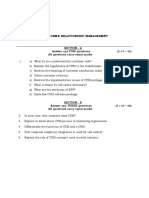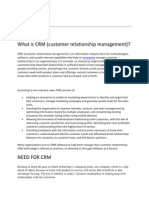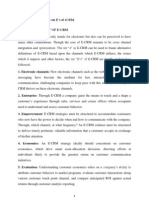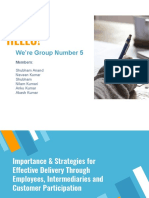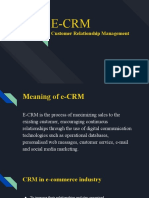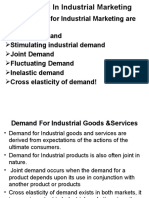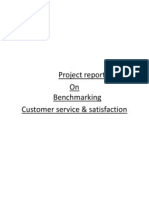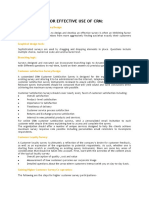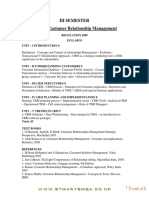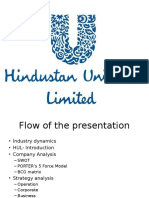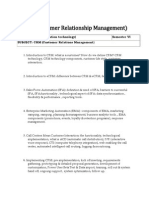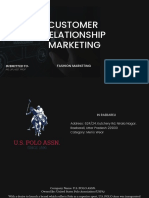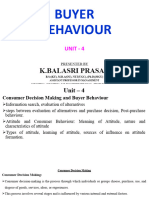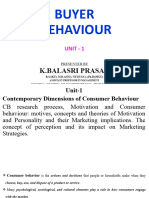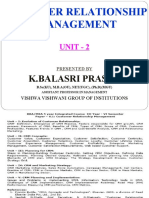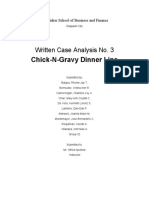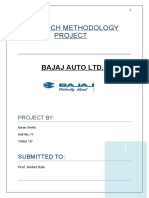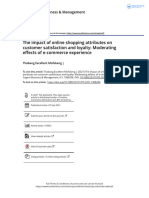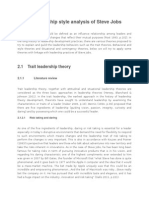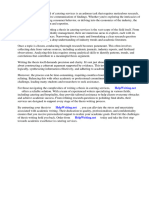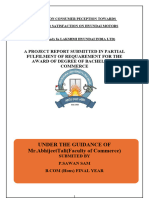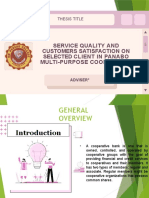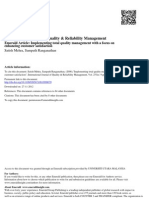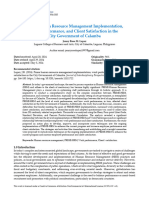0% found this document useful (0 votes)
724 views33 pagesCustomer Relationship Management: Unit - 3
Planning for CRM involves several steps including building customer centricity, setting objectives, defining data requirements, and planning desired outputs. Key issues that can impact planning outputs include lack of senior management support, expecting too much too soon, lack of scope clarity leading to budget overruns, underestimating change management, changes to key stakeholders, lack of vendor expertise, poor product fit, integration issues, infrastructure problems, impact on existing business processes, and difficulty deploying across regions. Careful planning can help address these issues and improve the chances of CRM success.
Uploaded by
balasriprasadCopyright
© © All Rights Reserved
We take content rights seriously. If you suspect this is your content, claim it here.
Available Formats
Download as PPT, PDF, TXT or read online on Scribd
0% found this document useful (0 votes)
724 views33 pagesCustomer Relationship Management: Unit - 3
Planning for CRM involves several steps including building customer centricity, setting objectives, defining data requirements, and planning desired outputs. Key issues that can impact planning outputs include lack of senior management support, expecting too much too soon, lack of scope clarity leading to budget overruns, underestimating change management, changes to key stakeholders, lack of vendor expertise, poor product fit, integration issues, infrastructure problems, impact on existing business processes, and difficulty deploying across regions. Careful planning can help address these issues and improve the chances of CRM success.
Uploaded by
balasriprasadCopyright
© © All Rights Reserved
We take content rights seriously. If you suspect this is your content, claim it here.
Available Formats
Download as PPT, PDF, TXT or read online on Scribd
/ 33








